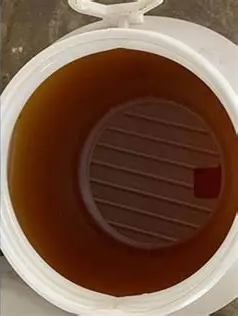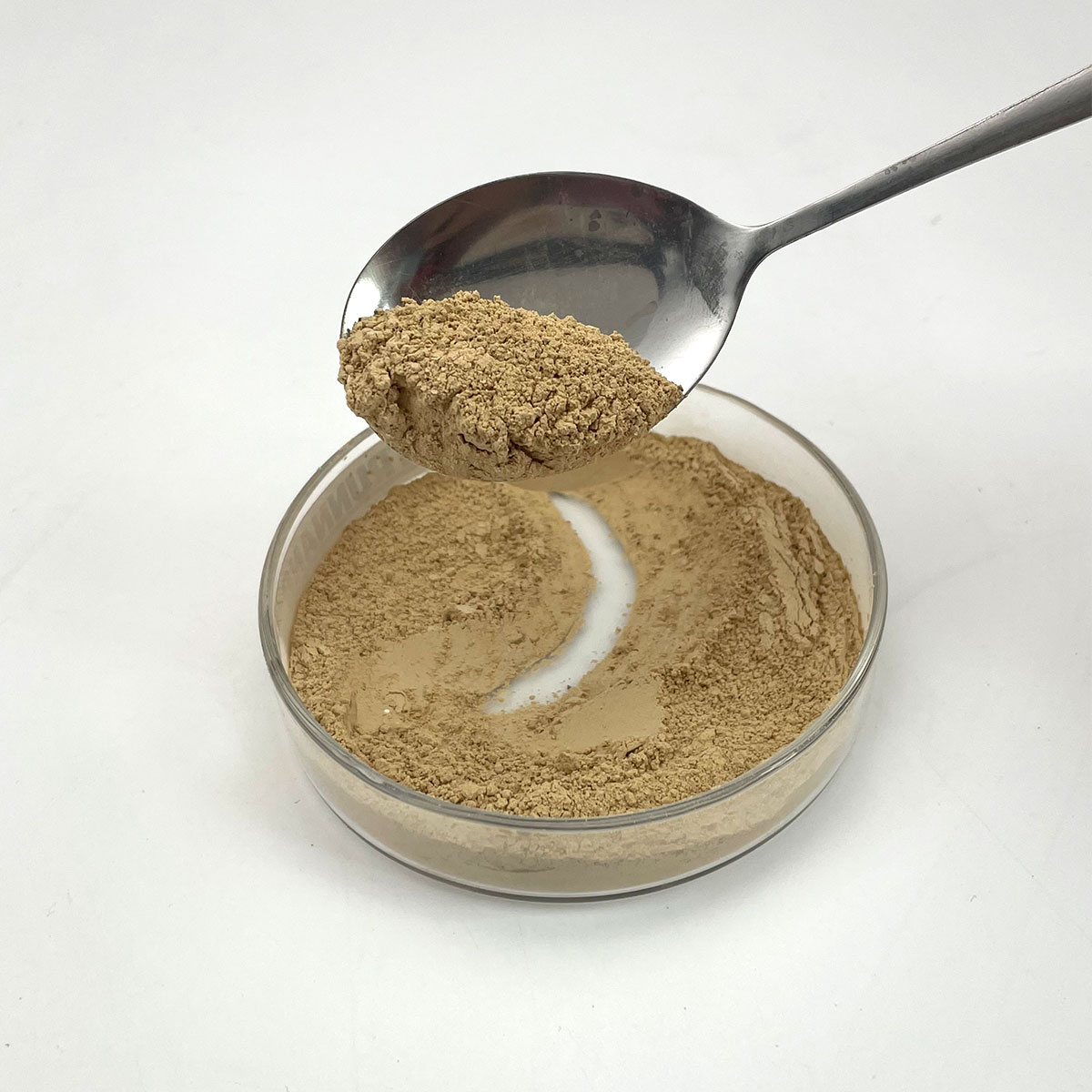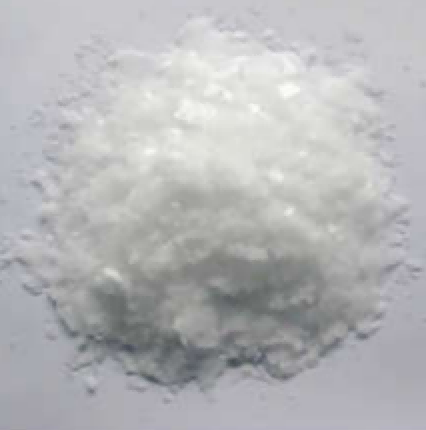1. Introduction
Just 24 hours ago, the European Commission’s Scientific Committee on Consumer Safety (SCCS) released a preliminary opinion reaffirming that sodium lauryl sulfate (SLS) is safe for use in rinse-off cosmetic products at concentrations up to 1%—a move that’s reigniting debates among clean beauty advocates and formulators alike. With consumers increasingly scrutinizing ingredient labels, understanding what SLS really is—and how it stacks up against alternatives like sodium laureth sulfate, cocamidopropyl betaine, and alkyl polyglucoside—has never been more important.

2. What Is Sodium Lauryl Sulfate?
Sodium lauryl sulfate (SLS), also known as sodium dodecyl sulfate or natrium lauryl sulfate, is a powerful anionic surfactant widely used for its excellent foaming and cleansing properties. You’ll find it in everything from shampoos and toothpastes to industrial cleaners and even some herbicide formulations.
Chemically, SLS is derived from lauryl alcohol (often sourced from coconut or palm kernel oil) and sulfuric acid, followed by neutralization with sodium hydroxide. Its molecular structure gives it the classic surfactant behavior: a hydrophilic (water-loving) head and a hydrophobic (oil-loving) tail.
3. The Meaning of Surfactant and How SLS Fits In
The word ‘surfactant‘ is short for ‘surface-active agent.’ Surfactants reduce surface tension between liquids or between a liquid and a solid, allowing them to mix more easily. This is why they’re essential in cleaning products—they help lift oil and dirt from surfaces.
Surfactants fall into four main categories:
- Anionic (negatively charged): e.g., sodium lauryl sulfate, sodium dodecylbenzene sulfonate, ammonium lauryl sulfate
- Cationic (positively charged): e.g., cetyl trimethyl ammonium bromide (CTAB)
- Non-ionic (no charge): e.g., polysorbate 80, Span80, Pluronic 127, ethoxylated alcohols
- Amphoteric (can be both): e.g., cocamidopropyl betaine (also called coco betaine or amidopropyl betaine)

SLS is a classic example of an anionic surfactant—strong, effective, but sometimes irritating to sensitive skin.
4. Common Uses of SLS Beyond Personal Care
While most people associate SLS with shampoos and soaps, it has diverse applications:
- In agriculture: as a surfactant for herbicides and weed killers to improve leaf coverage (often used alongside wetting agents for grass or lawn wetting agents)
- In labs: as a denaturing agent in protein electrophoresis (where it’s called sodium dodecyl sulfate)
- In industrial cleaners: due to its strong degreasing power
Interestingly, SLS is sometimes confused with sodium laureth sulfate (SLES), also known as sodium lauryl ether sulfate or sodium lauryl ether sulphate. Unlike SLS, SLES is ethoxylated, making it milder but raising concerns about potential 1,4-dioxane contamination.
5. Safety, Irritation, and the Rise of Alternatives
SLS is known to cause skin and eye irritation, especially at higher concentrations or with prolonged exposure. This has fueled demand for gentler options like:

- Alkyl polyglucosides (e.g., decyl glucoside, coco glucoside): non-ionic, biodegradable, and derived from sugar and fatty alcohols
- Sodium cocoyl isethionate and sodium lauroyl methyl isethionate: mild anionic surfactants used in ‘syndet’ bars
- Sodium cocoyl glutamate and sodium lauroyl sarcosinate: amino acid–based surfactants prized in natural formulations
Brands are also turning to bio surfactants—microbially produced or plant-derived alternatives that are eco-friendly and less irritating. Methylated seed oil and lignin sulfonate are examples used in agricultural surfactant blends.
6. SLS vs. Other Sulfates and Surfactants: A Quick Comparison
Not all sulfates are created equal. Here’s how SLS stacks up:
- SLS (sodium lauryl sulfate): strong cleanser, high foam, potential irritant
- SLES (sodium laureth sulfate / laureth sulphate): milder, more soluble, but may contain trace impurities
- Ammonium lauryl sulfate (ALS): similar to SLS but with ammonium instead of sodium; often used in shampoos
- Sodium coco sulfate: a blend of SLS-like molecules from coconut, marketed as ‘gentler’
Meanwhile, non-ionic surfactants like polysorbate 80 or poloxamer 188 are used when low irritation and high compatibility are needed—such as in pharmaceuticals or contact lens solutions.
Cationic surfactants like cetyltrimethylammonium bromide (CTAB) are rarely used for cleansing but excel as antimicrobials or conditioning agents.
7. Where to Buy and Industry Insights
Sodium lauryl sulfate for sale is widely available from chemical suppliers globally. Companies like Rohit Surfactants Private Limited supply industrial-grade SLS for everything from detergents to agrochemicals.
In personal care, many brands now proudly label products as ‘SLS-free,’ opting instead for blends of amphoteric (like cocamidopropyl) and non-ionic surfactants to maintain foam without the sting. However, regulatory bodies consistently affirm that SLS is safe when used as intended—especially in rinse-off products.
Conclusion
Sodium lauryl sulfate remains one of the most effective and cost-efficient surfactants available. While it’s not inherently dangerous, its potential for irritation has paved the way for a new generation of milder, sustainable alternatives. Whether you’re formulating a shampoo, choosing a weed killer, or just reading a label, understanding the role of SLS—and how it compares to sodium laureth sulfate, alkyl polyglucoside, or bio surfactants—empowers smarter decisions.
Our Website founded on October 17, 2012, is a high-tech enterprise committed to the research and development, production, processing, sales and technical services of ceramic relative materials such as 7. Our products includes but not limited to Boron Carbide Ceramic Products, Boron Nitride Ceramic Products, Silicon Carbide Ceramic Products, Silicon Nitride Ceramic Products, Zirconium Dioxide Ceramic Products, etc. If you are interested, please feel free to contact us.


